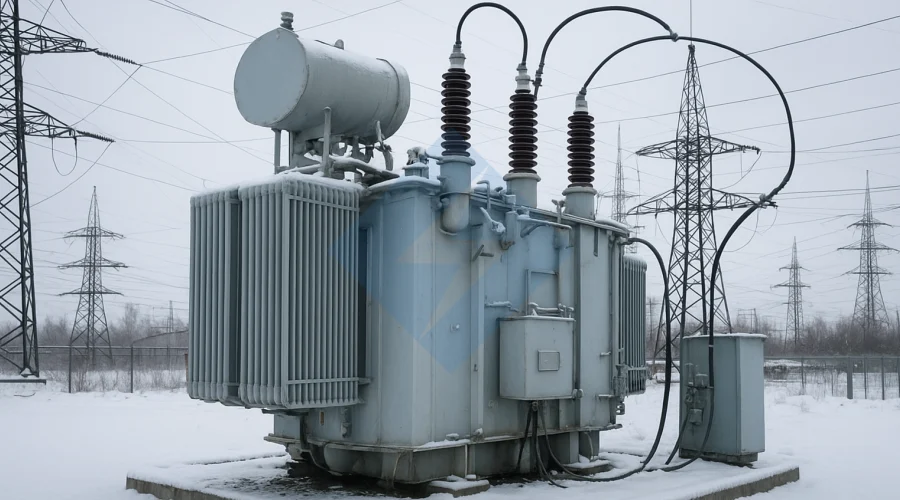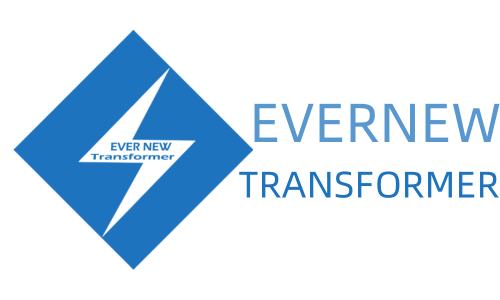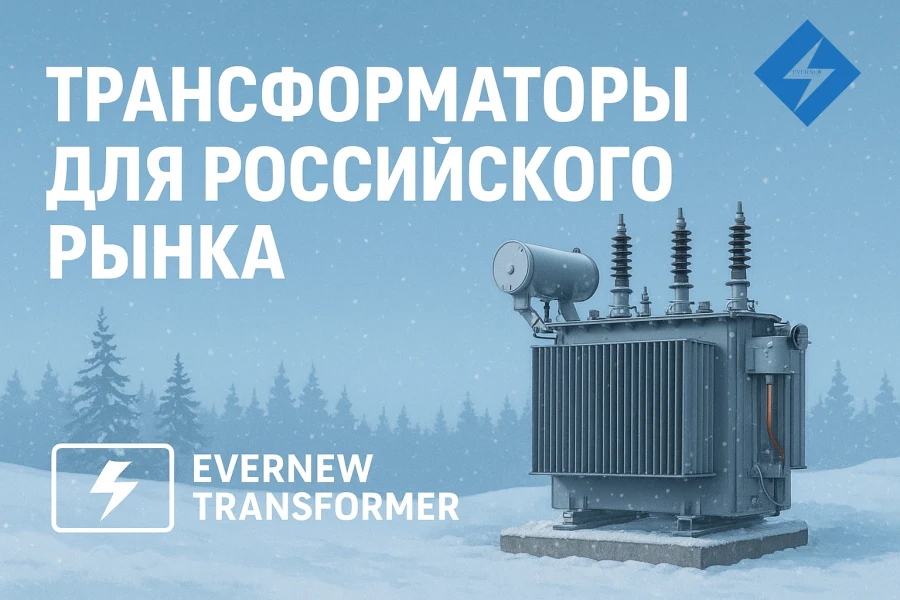Russia, a country known for its vast territories and extreme climate, where the stable operation of the power infrastructure is vital to the national economy. For suppliers looking to enter this market and for the teams responsible for procuring transformers for projects, simply relying on standardized specifications and low prices will not work. The wrong choice can lead to equipment failure in harsh environments, with huge repair costs and operational risks.
This article aims to provide you with a systematic framework for making purchasing decisions, delving into the key technical specifications and compliance requirements to consider when selecting for a power transformer Russian market.
Part 1: Unique technical challenges of the Russian market
Russia's geographical and climatic conditions pose serious challenges for transformers that must be taken into account from the very beginning of the selection process.
1. extreme climate testing
- Operation at low temperatures: In most regions of Russia, winter temperatures can drop to -40°C and below. This requires that transformer oil, seals и metal case have excellent low-temperature characteristics. Conventional mineral oil dramatically increases its viscosity at low temperatures and may even solidify, which impairs heat dissipation. It is therefore necessary to use a low-temperature oil that complies with the standard IEC 60296The curing temperature can reach -60°C, ensuring efficient flow and heat dissipation even in the harshest of frosts.
- Temperature changes: Significant diurnal and seasonal temperature fluctuations (up to 80°C or more) place enormous stress on the thermal expansion and contraction transformer. This requires that the housing structure can withstand such loads and that the welds and seals are extremely reliable to prevent micro-cracks and oil leaks caused by these processes.
- Ice, snow and sand: The presence of ice, snow and dust in certain regions requires a higher degree of protection (IP Rating), such as, IP54 or higherTo prevent debris from entering the equipment.
2. Problems of vast territories
Some substations in Russia are located in remote and sparsely populated areas, making troubleshooting extremely difficult and expensive. This means that long-term reliability и maintenance-free designIn addition to the initial cost, the quality of the transformer becomes a more important factor. A high quality transformer can significantly reduce downtime caused by faults and ensure continuous network operation.
Read more:Basics of transformer calculation: power, losses and efficiency
Part 2: Key technical characteristics: Key aspects of evaluation in procurement
Once the market challenges are understood, here are the key parameters that the procurement team should scrutinize in the white paper.
1. In-depth analysis of technical parameters
- Efficiency class and loss: Russian energy laws place clear requirements on the energy efficiency of transformers. The evaluation should shift the focus from the initial price to the Life cycle cost (LCC). According to international standards such as IEC 60076-21, idling losses и load losses directly determine energy costs over 20 to 30 years of operation. For example, a high-efficiency transformer can recoup its higher initial cost in just a few years through energy savings.
- Insulation class and temperature rise: The insulation system of the transformer must be able to withstand voltage fluctuations in the Russian power grid and overload operation. According to the standards IEC 60076-1 и GOST R 52719The limitation of temperature rise is a critical evaluation parameter. It is especially important that winding and oil temperatures remain within safe limits during summer heat or overload conditions to prolong equipment life.
- Short-circuit resistance: In the complex Russian power grid, a transformer must have an extremely high short-circuit current resistance to prevent sudden failures. This requires an evaluation of the winding design, winding attachment methods, and branch circuit support.
2. Materials and technologies
- Core Material: High quality cold rolled electrical steel (CRGO) is the key to low no-load losses and low noise levels. The supplier must provide the grade of the core material and its performance data.
- Housing and seals: The casing must be made of frost-resistant steel (e.g. 09G2S) and its welding and stress relief must be perfect. The gaskets must be made of a special material butadiene-nitrile rubber or fluorocarbonwhich retains elasticity at extremely low temperatures, preventing oil leakage.
- Windings: Windings shall be made of oxygen-free copper or high purity aluminum wire using insulating paper and high dielectric strength varnish to improve temperature and short circuit resistance.
Read more:The oil distribution transformer: Energy you can trust. Your reliable partner - Evernew Transformer

Part 3: Certification and Standards: Mandatory Technical Conformity Requirements
- EAC certification: It's mandatory pass to enter the Russian market. Products must comply with the technical regulations of the Eurasian Economic Union (EAEU) ТР ТС 004/2011 (On safety of low-voltage equipment) и ТР ТС 020/2011 (Electromagnetic compatibility)otherwise it cannot be legally sold and used in Russia.
- GOST Standards: Although many GOST standards are no longer mandatory, they still remain the accepted technical language in the Russian power industry. Transformer complying with the standards GOST P 52719-2007is more likely to be recognized by local customers.
- Customer Specific Requirements: Many large Russian energy companies (e.g., Rosseti, FSK) have their own internal technical standards or audit requirements that require detailed discussion and customization.
Conclusion: Technology and value-based procurement
When purchasing a transformer in Russia, you should not view it simply as a commodity, but as a key asset in the power grid system. Prioritizing technical performance, compliance with standards and long-term reliability is much more strategic than just the initial cost. A high-quality transformer that meets stringent technical standards can significantly reduce operational risks and maintenance costs, ensuring the long-term success of the project.
Looking for transformers that meet strict Russian standards? Choose Evernew Transformer.
We have a deep understanding of the unique challenges of the Russian market. Evernew Transformer specializes in providing transformer solutions that meet the highest international standards. Our products are designed and manufactured to meet the requirements of extreme climate и high reliability.
All our products exported to Russia have a EAC certification and is strictly in line GOST standardsWe have a team of experienced engineers who can provide customized technical solutions to meet the specific requirements of your project. We have a team of experienced engineers who can provide customized technical solutions to meet the specific requirements of your project.
Whether you need a freezeproof transformer that can withstand temperatures as low as -40°C or a high efficiency, low loss model, Evernew Transformer can provide you with a high quality, cost-effective solution.
Contact us today to let our technical experts provide you with professional selection advice and help ensure the success of your project in Russia.

